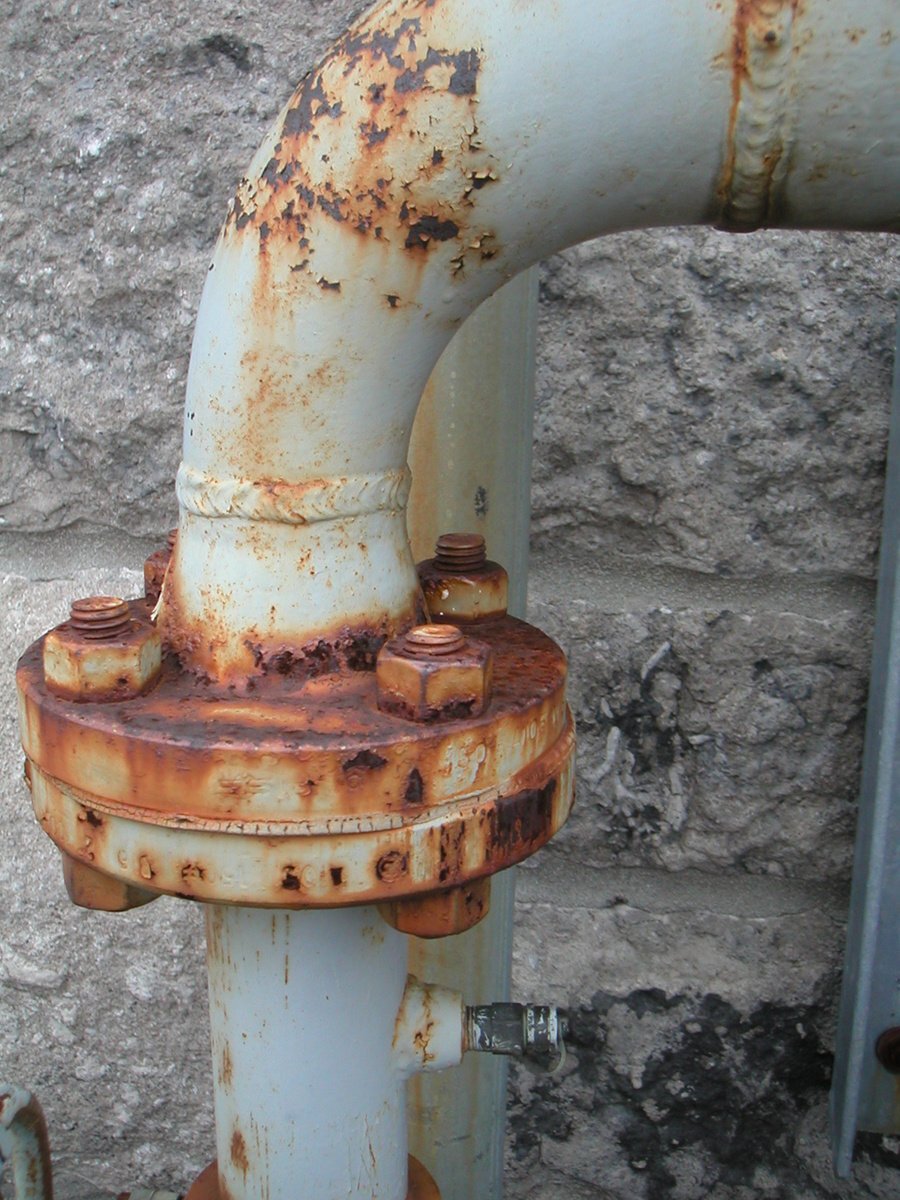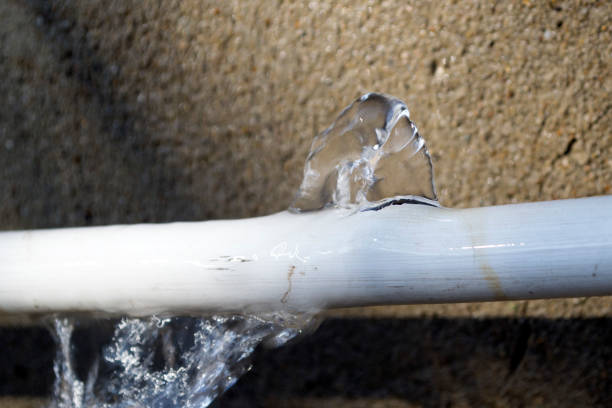Ways to Efficiently Handle Plumbing Issues in Older Homes
Ways to Efficiently Handle Plumbing Issues in Older Homes
Blog Article
The author is making a few great pointers relating to Main Plumbing Issues Found in Old Houses in general in this post on the next paragraphs.

Older homes frequently feature beauty, character, and background, yet they can also bring a host of plumbing problems. Whether you're handling maturing pipes, low tide pressure, or leakages, recognizing exactly how to deal with these usual issues is important to maintaining a secure and functional home. In this guide, we'll discover the common pipes difficulties faced by older homes and supply useful services to maintain your plumbing in leading shape.
Recognizing Common Pipes Problems
Aging Pipelines
One of one of the most common concerns in older homes is aging pipes. Relying on the era in which your home was constructed, the pipelines might be made from products that have worn away in time, such as galvanized steel, cast iron, or even lead. These products can corrode, come to be brittle, or establish leakages, resulting in water damages and potential carcinogen.
Water Quality Testing
Older pipelines can influence the quality of your water. Conduct a water high quality examination to look for contaminants such as lead, corrosion, or various other impurities that may be presented by aging pipelines.
Solutions for Common Pipes Concerns
Replacing Aging Pipelines
If your home has old, weakening pipes, take into consideration replacing them with contemporary products like copper or PEX. This can be a significant investment, yet it will stop future concerns and improve the security and dependability of your pipes system.
Fixing Low Water Stress
To deal with low water pressure, start by cleaning or replacing old fixtures and getting rid of mineral accumulation in the pipelines. If the issue continues, it might be essential to change sections of corroded pipes.
Fixing and Changing Dripping Pipelines
For little leakages, you can make use of pipe clamps or epoxy putty as a short-term fix. Nevertheless, it's finest to replace leaking pipelines entirely to avoid additional damages.
Upgrading Fixtures
Upgrading old fixtures to contemporary, water-efficient designs can enhance your home's plumbing performance and reduce water consumption. Look for fixtures with the WaterSense label for the best efficiency.
Dealing with Pipe Corrosion
If your pipelines are worn away, replacing them with corrosion-resistant products like copper, PVC, or PEX is the very best service. Routine evaluations and water quality maintenance can assist stop additionally rust.
Low Water Stress
If you're experiencing low tide pressure, it could be due to mineral deposits, deterioration inside the pipelines, or old fixtures that are no longer operating successfully. This can be a significant trouble, particularly in areas like showers and sinks.
Dripping Pipelines
Leaks are an additional constant concern in older homes, commonly triggered by corroded or damaged pipelines. Even small leakages can bring about considerable water damages, mold development, and raised water costs if not addressed without delay.
Out-of-date Fixtures
Obsolete plumbing fixtures such as taps, bathrooms, and showerheads not just look old however may additionally be less efficient, vulnerable to leaks, or inappropriate with contemporary pipes requirements.
Pipeline Rust
Corrosion is an usual problem in older pipelines, especially those made from galvanized steel or actors iron. Corroded pipelines can restrict water circulation, create discoloration, and at some point result in leaks or pipe bursts.
Examining the Condition of Your Plumbing
Evaluating Noticeable Pipelines
Start by checking any kind of visible pipelines in your house, such as those in basements, crawl spaces, or under sinks. Seek signs of deterioration, leaks, or corrosion, which can indicate underlying problems.
Looking for Leaks
Check for leakages by inspecting locations around faucets, bathrooms, and under sinks. You can additionally monitor your water meter before and after a duration of no water use to find covert leakages.
When to Call an Expert
While some pipes issues can be managed with do it yourself solutions, there are times when it's ideal to contact a specialist. If you're dealing with major leakages, considerable corrosion, or are uncertain concerning the condition of your pipes, an accredited plumber can offer skilled analysis and repair.
Preventive Maintenance Tips
Routine Examinations
Routinely examine your pipes system for indications of damage. Capturing concerns early can prevent costly repair services down the line.
Water Stress Guideline
Guarantee your water stress is within the recommended array to prevent emphasizing your pipelines and fixtures. A plumbing can set up a stress regulatory authority if required.
Water Quality Maintenance
Set up water filters or conditioners if your water top quality is poor. This can shield your pipes and fixtures from damages brought on by tough water or impurities.
Proactive Pipe Replacement
If your home has very old pipes, consider positive substitute before major concerns arise. This can save you from emergency repair services and water damages.
Verdict
Managing plumbing issues in older homes requires a combination of vigilance, preventative upkeep, and timely upgrades. By comprehending the common obstacles and knowing when to seek specialist assistance, you can ensure your plumbing system continues to be useful and trusted for many years ahead.
Common Plumbing Issues in Older Homes and How to Fix Them
Owning an older home in Australia comes with its unique charm and a set of challenges, especially when it comes to plumbing. The Sunshine Coast has many older properties that can harbour plumbing problems that aren t just inconvenient but potentially costly. Here s a look at some common plumbing issues in older homes and expert advice on how to handle them.
Outdated Piping Materials
Many older homes were built with galvanised steel, cast iron, or even lead pipes, materials that are far from ideal by today s standards. Galvanised pipes are prone to corrosion and clogging, while lead pipes pose serious health risks.
How to Fix:
Replacing old pipes is a job for a professional. Upgrading to copper or PVC piping not only enhances water quality and flow but also increases the property s safety and value. If you suspect your home has outdated materials, a licensed plumber can conduct a thorough inspection and recommend the best course of action.
Corrosion and Pipe Degradation
Over time, exposure to water and minerals can cause pipes to corrode, leading to leaks, bursts, and water contamination. Corrosion is especially common in homes over 50 years old.
How to Fix:
Regular inspections can catch early signs of corrosion. If corrosion is found, the affected section of piping often needs to be replaced. For homes with extensive corrosion, a complete plumbing overhaul might be necessary. It s crucial to consult with a plumbing expert to understand the extent of the issue.
Tree Root Intrusion
Older neighbourhoods usually have mature trees whose roots can intrude into pipe lines, causing blockages or damage. This is particularly problematic for sewer lines, where roots seek out water sources.
How to Fix:
A plumber can use a specialised camera to inspect sewer lines for root intrusion. If roots are a problem, methods like root cutting or hydro-jetting can clear the obstruction. In severe cases, part of the pipe may need replacing. Consider root barriers around the piping to prevent future issues.
Inadequate Water Pressure
Low water pressure in older homes can be due to various factors, including corroded water lines, sediment build-up in pipes, or outdated fixtures.
How to Fix:
First, check if the low pressure is isolated to one area or throughout the house. Replacing old fixtures can sometimes resolve the issue. However, if the problem is more widespread, it might be due to sediment or corrosion. Flushing the system or replacing the affected pipes usually restores normal pressure. Again, a professional assessment is advisable.
Outdated Fixtures
Older homes often feature fixtures that are not only visually dated but functionally inefficient. This includes everything from toilets and taps to showerheads and washing machine hoses.
How to Fix:
Updating these fixtures can improve both water efficiency and the aesthetic appeal of your home. Modern fixtures are designed to conserve water, which can significantly reduce your water bill and lessen your environmental impact.
Conclusion
Maintaining the plumbing in an older home requires a proactive approach. Regular checks and updates are key to preserving these beautiful properties. If you re facing plumbing issues in your older home, it s best to call on experienced professionals like Green & Gold Plumbing & Gas. With the right expertise, even the most daunting plumbing problems can be resolved, ensuring that your home s character is maintained while its functionality is enhanced.
https://gandgplumbing.com.au/common-plumbing-issues-in-older-homes-and-how-to-fix-them/

Do you really like reading up on Main Plumbing Issues Found in Old Houses? Create a comment below. We would be glad to see your responses about this blog post. Hoping that you visit us again in the future. Please set aside a second to distribute this article if you liked it. Thanks so much for going through it.
Call Today Report this page